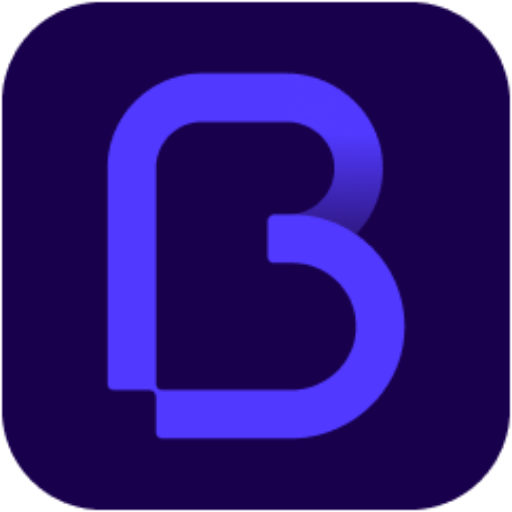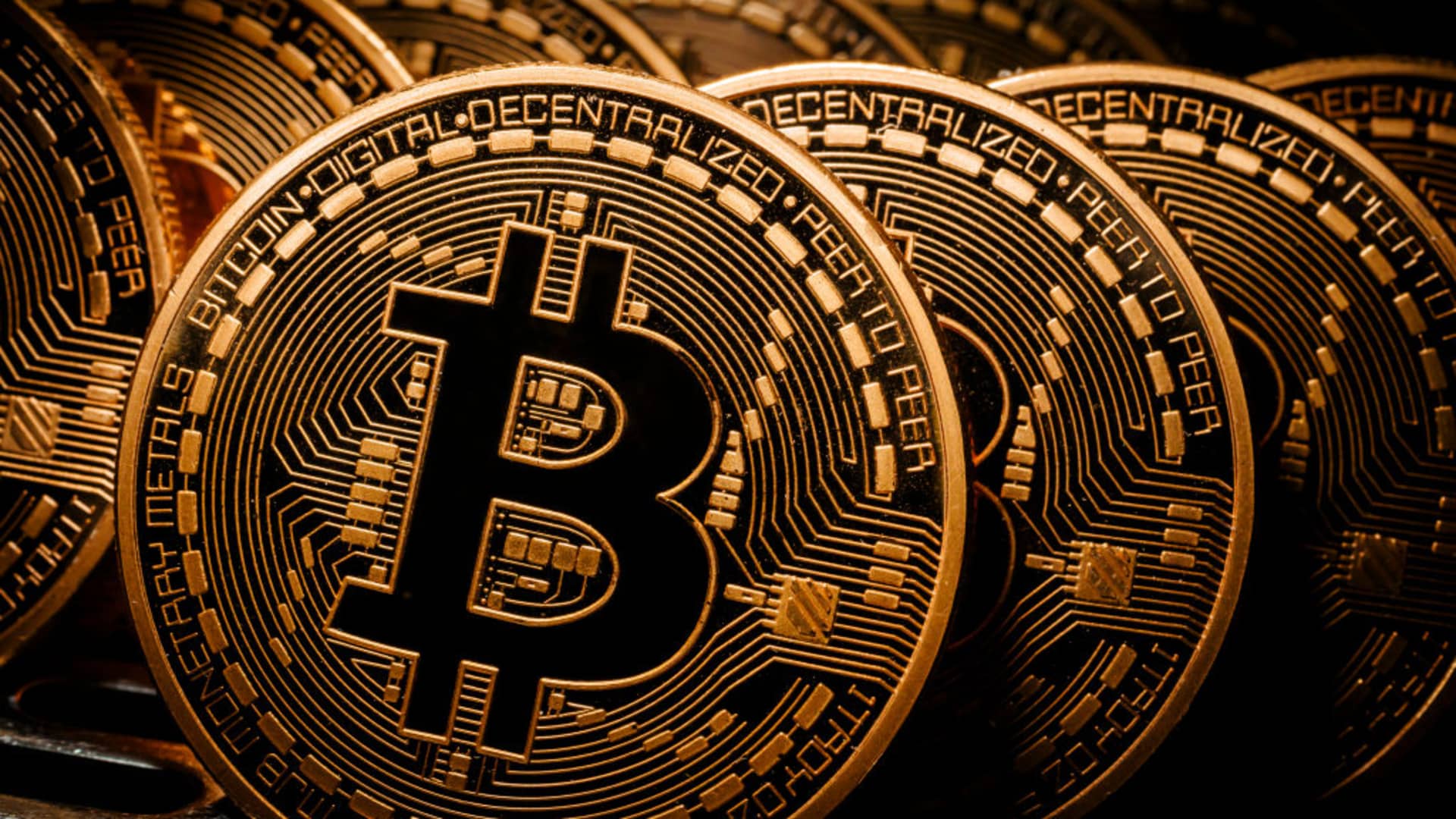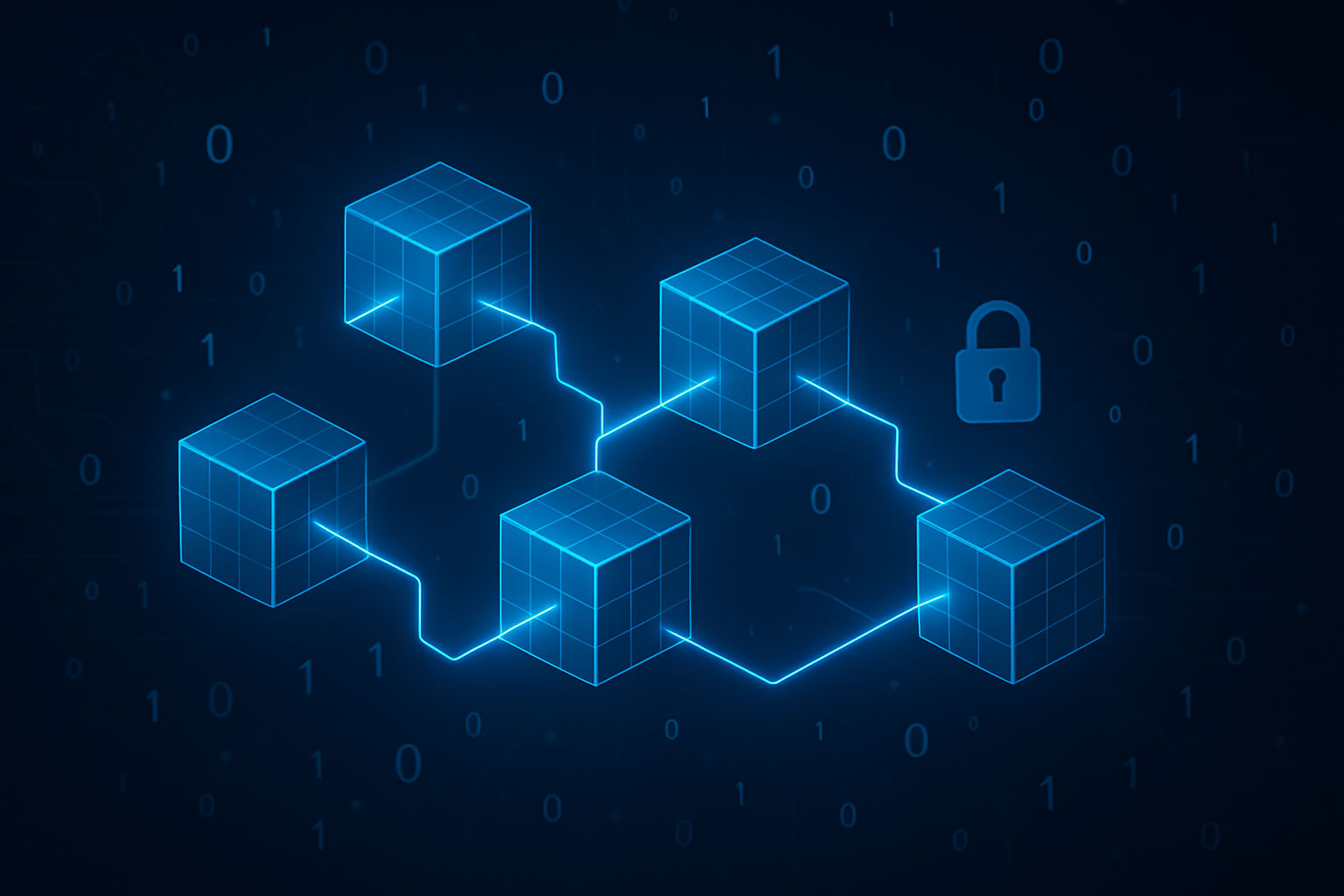What is Bitcoin (BTC)? A Beginner's Guide to Bitcoin



What is Bitcoin?
Bitcoin is a type of digital currency that allows people to transact online without the need for an intermediary like a bank. Bitcoin is decentralized, meaning no government or organization controls it. Instead, transactions are verified and recorded on a public distributed ledger called the blockchain. Bitcoin is an open-source project, so anyone can contribute to its development, and its decentralized nature ensures that no single person can sabotage it.
Money as a Medium of Exchange
At its core, money is a commonly accepted medium of exchange. It simplifies trade, allowing people to buy and sell without bartering. In the past, commodities like gold and silver were used as money, but they were hard to transport and divide. Paper money (fiat currency) was then created to make trade easier, issued by governments or central authorities.
Problems with Traditional Money
Traditional money faces three major problems:
- Inflation: The gradual loss of purchasing power over time, often caused by governments printing more money. Bitcoin tries to solve this by limiting its total supply to 21 million units, making it deflationary.
- Centralization: Excessive control by a central entity can make the system vulnerable to manipulation and corruption. Bitcoin solves this by using a decentralized network of "nodes" to validate transactions and create new blocks.
- Trust: The traditional financial system requires trust between parties. Bitcoin eliminates this need by using cryptographic signatures to authenticate transactions, making the process secure and trustless.
Additionally, Bitcoin solves the double-spending problem (when a digital asset is spent more than once) using the blockchain structure, where each block is linked to the previous one and protected by cryptography.
How was Bitcoin created?
Bitcoin was created in 2008 by a person (or group) under the pseudonym Satoshi Nakamoto, who published a whitepaper describing how the currency would work. In 2009, the Bitcoin software was released and the first transaction took place. The goal was to create a decentralized, secure, and censorship-resistant digital currency.
How does Bitcoin work?
Bitcoin operates through a decentralized network of computers (nodes) that validate and record transactions on the blockchain. Transactions are grouped into blocks, which are added to the chain through a process called mining. Miners compete to solve complex mathematical problems, and the first to solve it adds the block to the blockchain and receives a Bitcoin reward.
Why does Bitcoin use Proof of Work (PoW)?
The PoW consensus model ensures that transactions are validated securely and in a decentralized way. This makes the network resistant to attacks and manipulation, but also consumes a lot of energy due to the required computational power.
What is Bitcoin used for?
Bitcoin can be used to:
- Buy goods and services
- Transfer value internationally
- Protect wealth against inflation
- Investment and store of value
Limitations of Bitcoin
- Volatility: Bitcoin's price can fluctuate significantly in short periods.
- Energy consumption: The mining process consumes a lot of electricity.
- Low scalability: The Bitcoin network processes only 4 to 5 transactions per second, while systems like Visa process thousands.
How is Bitcoin different from other cryptocurrencies?
- Bitcoin is the first and most well-known cryptocurrency, launched in 2009.
- It has the largest developer community and is the most decentralized.
- Other cryptocurrencies (altcoins) emerged later, aiming to solve Bitcoin's limitations or offer new features.
Bitcoin Pizza Day
On May 22, 2010, the first real-world purchase using Bitcoin took place: two pizzas for 10,000 BTC. This event is celebrated as Bitcoin Pizza Day, reminding us how Bitcoin can be used to buy real-world goods and services.
Interesting facts about Bitcoin
- The official ISO abbreviation for Bitcoin is XBT, but BTC is the most commonly used.
- Bitcoin is deflationary, with a maximum supply of 21 million units.
- The last Bitcoin is expected to be mined around 2140.
- After the last Bitcoin is mined, transaction fees will be the incentive for miners.
How to buy and sell Bitcoin (BTC)
You can buy and sell Bitcoin (BTC) using Bitfever or other platforms of your choice, using credit card, bank transfer, and other payment methods. Just create an account, choose the amount of BTC you want, and follow the platform's instructions.



